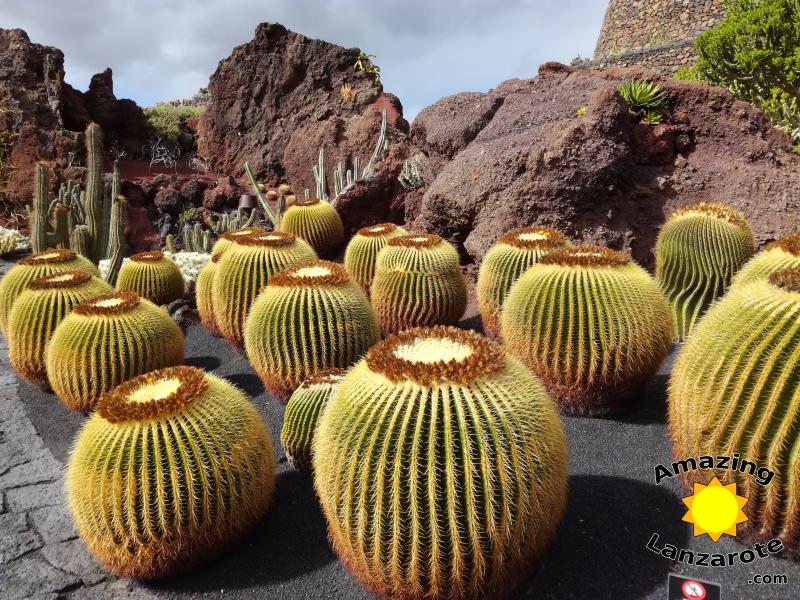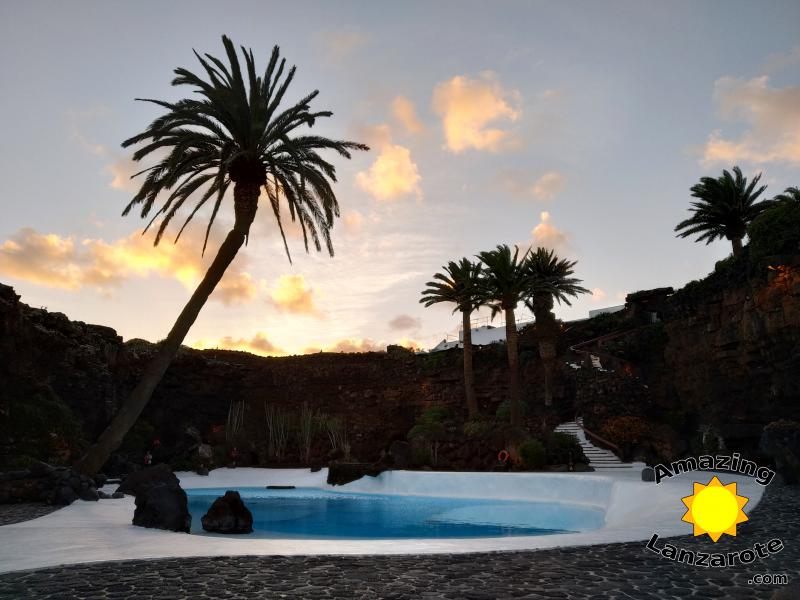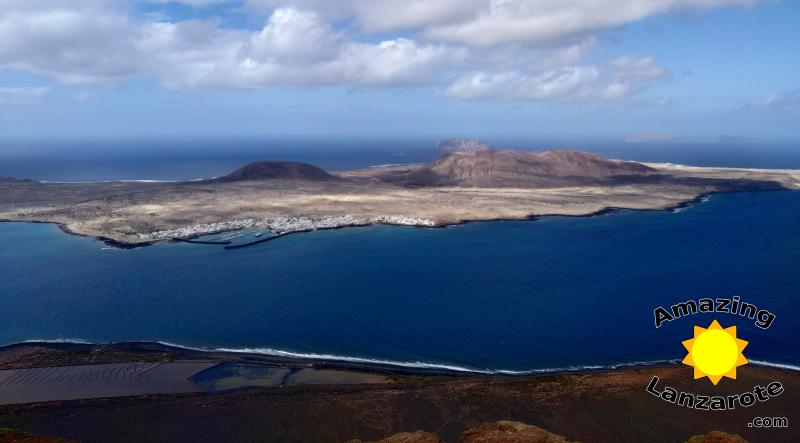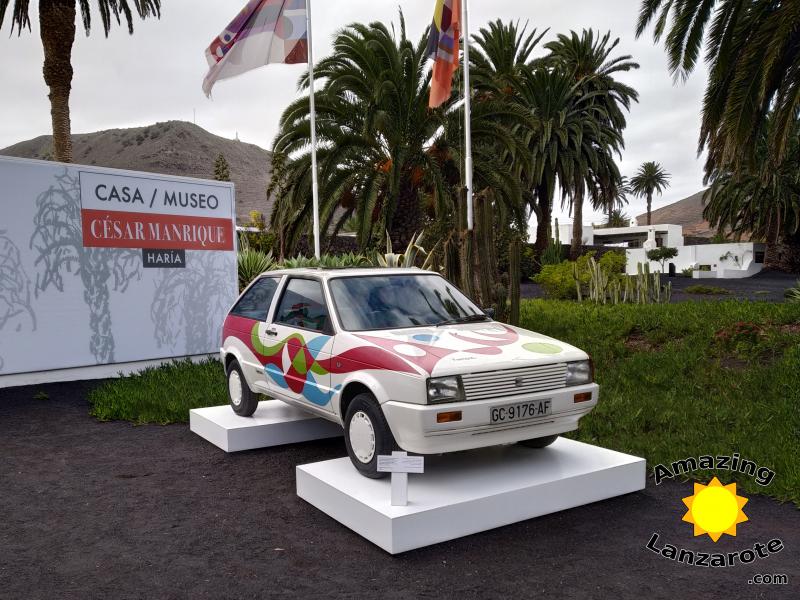The tourist information about Lanzarote we wanted to have before traveling there.
César Manrique
César Manrique (1919−1992) was born in Arrecife in Lanzarote and he helped changed the island with his artistic career which left an indelible imprint on the island. You should really remember his name because he designed most of the things you will see on Lanzarote. I’m not kidding, he had influence on most of the things which are must-see in Lanzarote.
César Manrique went for his studies overseas in San Fernando Royal Academy of Fine Arts in Madrid (where he stayed from 1945 to 1964). He then did lots of exhibitions of his paintings both nationally and internationally. He participated in lots of art events and in his early fifties, he began experimenting with non-figurative art as he explored the qualities of matter which then became an essential protagonist of his artwork.
He travelled to many parts of the world and then went back home in 1966. The island has just started to develop its tourist industry when he got home. He then promoted a model of intervention based on the fundamentals of sustainability which is mainly to safeguard the island’s natural heritage and culture. His model is among the determining factor in the declaration of Lanzarote as a UNESCO Biosphere Reserve in 1993.
Manrique then started to change the direction of his creative work into other art forms and it led to the development of a new aesthetic ideology which he called art-nature. He then went on to materialize this through spatial interventions which are unique examples of public art in Spain. Some of the projects he works on are listed below.
Jardín de Cactus
Cactus Garden can be considered one of the best works of César Manrique. He envisioned how to transform an abandoned old quarry in a magnificent way. He then used the amphitheater to create a botanical garden which is filled with 4500 cacti from all over the world. You will also get to see about 450 species of cactus here. This integrated perfectly with the shape of the quarry that is dominated by a well-restored windmill. These cacti are then protected from strong winds by the structures which aid the growth of the plant.

Jameos del Agua
This can be found in the northern part of the island and it is a unique place where you will get to see the remains of a volcanic tube that was transformed by César Manrique. This lava tube was formed 4000 years ago when Volcano La Corona erupted. These caves were then complemented with gardens, pools, auditorium, museum, and restaurant in the sixties. There is also a Salt Lake where you are going to see tiny white crabs.

Mirador del Río
This is located on the Risco de Famara, this is a viewpoint that overlooks the island of La Graciosa at an altitude of over 475 m. This was once a military fort in the 19th century and it was transformed in the 70s to be camouflaged in the rocks and it offers magnificent views of the cliff, stretch of sea, and the island. You will also see salt pans of Salinas del Rio at the bottom of the cliff.

César Manrique Foundation
This foundation has its headquarters in a place that was designed by César Manrique and he used to live here for 20 years. The building was built in harmony with a lava coulée that was formed during the well-known Lanzarote volcano eruptions between 1730 and 1736. You can explore the rooms that have been set up in volcanic bubbles and are connected by tunnels. Exploring this place is one of the top things to do as you are going to enjoy the exhibition hall that is filled with painting and also lava that enter through the window. You should also try to explore the garden and its sculptures.
Other places designed by César Manrique
- Cueva de los Verdes — cave complex with an underground auditorium
- Timanfaya National Park — you would think there is nothing an artist can improve in volcanic national park, but César Manrique designed the “devil” logo and the Restaurant El Diablo where they cook on the volcanic heat
- Casa Museo del Campesino — Manrique’s tribute to islands peasants who cultivated the volcanic land of Lanzarote in the past.
SEAT Ibiza and César Manrique
If you thought that César Manrique was only an architect, you are wrong. Apart from designing the buildings, he painted a SEAT Ibiza car for Barcelona Car Show in 1987. It is displayed in front of César Manrique Museum in Haría.

